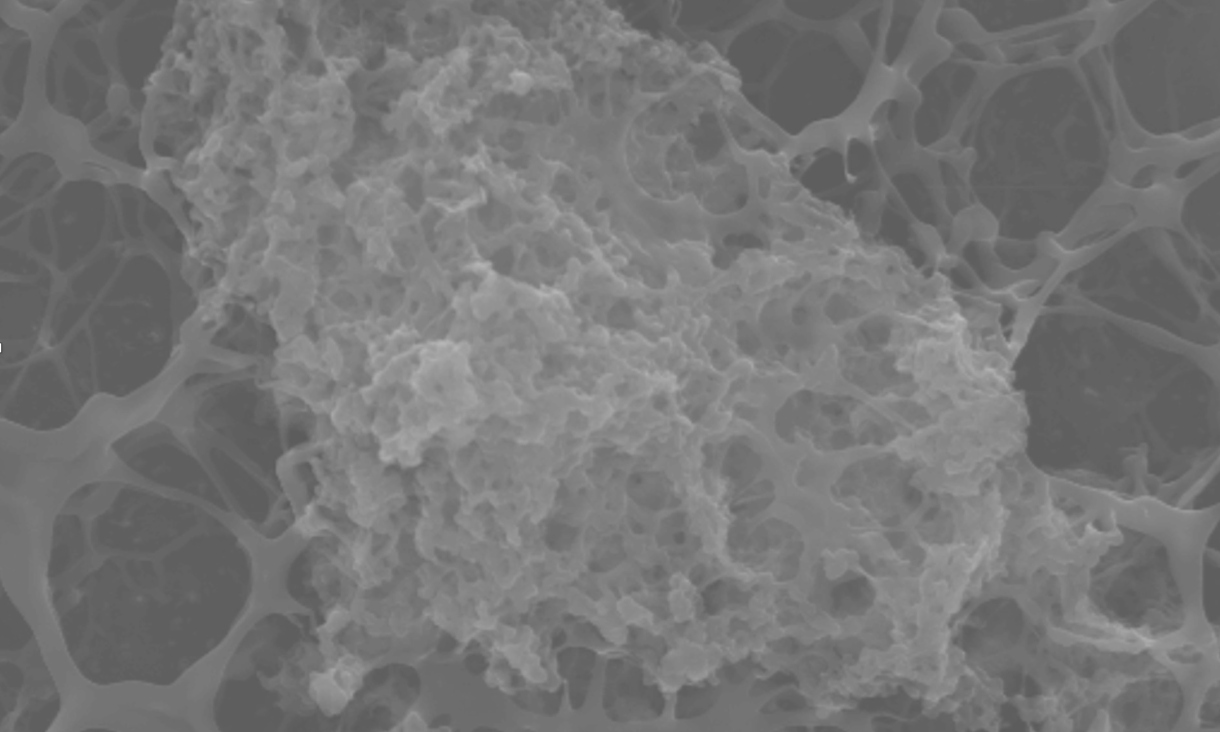2025-06-03 ロイヤルメルボルン工科大学(RMIT)

The antibacterial surface magnified 4,000 times under scanning electron microscope, showing the topographical feature of the coacervate resilin mimetic coating on the base scaffold substrate.
<関連情報>
- https://www.rmit.edu.au/news/all-news/2025/jun/antibacterial-resilin
- https://www.sciencedirect.com/science/article/abs/pii/S0001868625001411?via%3Dihub
組換えレジリンを用いたナノ構造抗バイオフィルム・コーティング Nano-structured antibiofilm coatings based on recombinant resilin
Nisal Wanasingha, Rajkamal Balu, Sheeana Gangadoo, Amanda N. Abraham, Agata Rekas, Jitendra P. Mata, Anton P. Le Brun, Naba K. Dutta, Namita Roy Choudhury
Advances in Colloid and Interface Science Available online: 28 April 2025
DOI:https://doi.org/10.1016/j.cis.2025.103530
Abstract
The applications of responsive biomaterials for tuning cell-surface interactions have been recently explored due to their unique switchable characteristics. However, rational design of surfaces using suitable biomacromolecules to attain optimal physicochemical performance, biocompatibility, cell adhesion and anti-fouling properties is quite challenging. Resilin-mimetic polypeptides (RMPs) are intrinsically disordered biomacromolecules that exhibit multi-stimuli responsive behaviour, including reversible dual-phase thermal behaviour forming self-assembled nano- to microstructures. However, there is a limited understanding of the effect of morphological features of RMP-based nanostructures, and their influence on surface properties. Therefore, in this study, a family of responsive RMP-based nanostructured coatings (nano-coacervates, nanogels and nano-bioconjugates) are fabricated to investigate their various surface properties that influence cell-surface interactions. The effects of their physicochemical properties, such as conformation, packing density, charge, roughness, and stiffness, are investigated using atomic force microscopy, neutron scattering and reflectometry techniques. Biocompatibility and microbiological testing show that these nanostructured switchable responsive coatings can be applied to a wide range of substrates to modulate biofilm formation and attribute antimicrobial characteristics. The developed nanocoatings have the potential to find applications in many areas, including implantable medical devices, and drug delivery.


